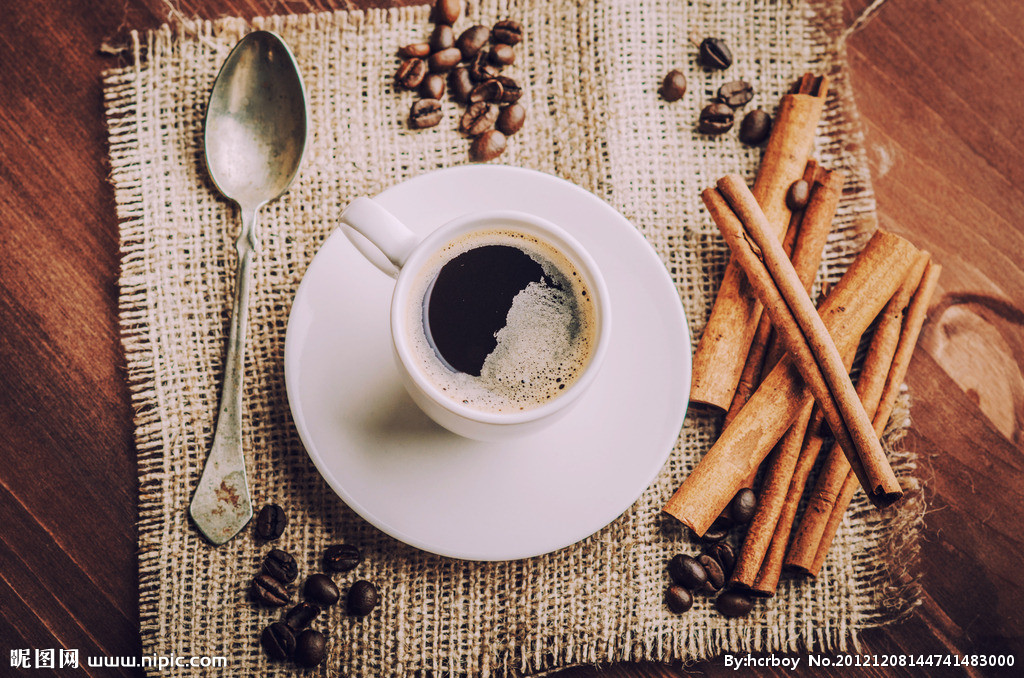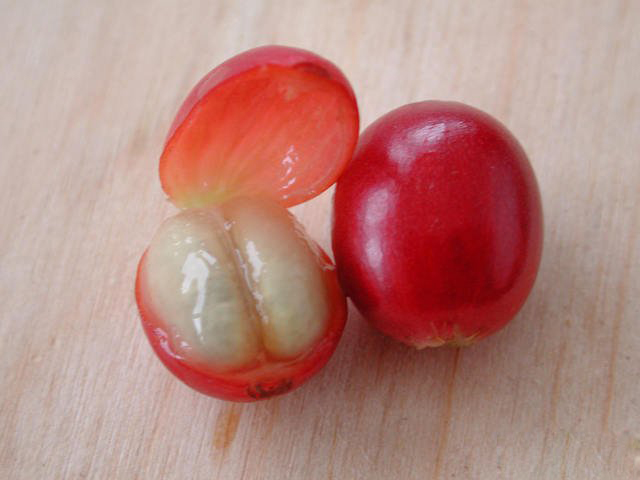Light Roast Coffee Bitter Green Coffee Supplier Cafe Italian Blending
Raw beans constantly change color during baking, depending on the number of brown pigments and the size of molecules. Brown pigments can be classified according to the size of molecules, shallow baking will mostly produce small molecular pigments, with the deepening of baking, the total amount of pigments will increase, and the proportion of macromolecular pigments will also increase.
Most of the lightly roasted coffee beans contain small yellow pigments, which are produced by the reaction of oligosaccharide thermal decomposition with chlorogenic acid. Continue baking, oligosaccharides will be caramelized to produce caramel pigment, oligosaccharides react with amino acids to produce molasses pigment, which will produce a slightly larger reddish-brown pigment. The reaction produced by molasses pigment is called Mena reaction, which is a very important kind of food chemical reaction. The color of toast, miso and soy sauce are all the result of Mena's reaction.
If the baking continues, proteins and polysaccharides are also added to the reaction, turning into a huge dark brown pigment. This pigment is one of the elements that make up the bitterness of coffee.

Important Notice :
前街咖啡 FrontStreet Coffee has moved to new addredd:
FrontStreet Coffee Address: 315,Donghua East Road,GuangZhou
Tel:020 38364473
- Prev

The skill of Leaf-shaped Coffee pattern, the Champion of Italian Coffee Bean with Bean Latte
Leaf-shaped coffee flower drawing skills 1, select the point, in the coffee cup containing Espresso, select the central point to inject; 2, flow, control the small flow, quickly inject, do not destroy the oil; 3, move up, after the small flow injection, move upward, do not touch the inner wall of the coffee cup; 4, increase, small flow control up to the cup mouth, increase the flow to form convection; 5, maintain, increase
- Next

Coffee cherry dissects the appearance of fresh coffee beans coffee trees grow coffee cherry boutique coffee
The structure of the berry from the outside to the inside is the pericarp: the pericarp of the berry is tight and thick, which can bite through the fruit: mainly water and sugar, the fruit of the berry accounts for almost 80% of the coffee harvest and is often reused by the fertilizer mucus of the coffee producing area: a sweet, sticky, honey-like substance that covers the skin of the coffee bean: a thin white sheepskin paper layer, similar to peanuts.
Related
- Beginners will see the "Coffee pull flower" guide!
- What is the difference between ice blog purified milk and ordinary milk coffee?
- Why is the Philippines the largest producer of crops in Liberia?
- For coffee extraction, should the fine powder be retained?
- How does extracted espresso fill pressed powder? How much strength does it take to press the powder?
- How to make jasmine cold extract coffee? Is the jasmine + latte good?
- Will this little toy really make the coffee taste better? How does Lily Drip affect coffee extraction?
- Will the action of slapping the filter cup also affect coffee extraction?
- What's the difference between powder-to-water ratio and powder-to-liquid ratio?
- What is the Ethiopian local species? What does it have to do with Heirloom native species?

